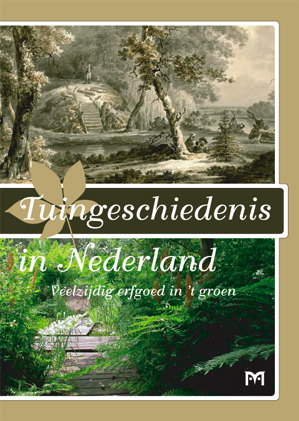Zochers probably did not design Keukenhof beech avenue

Father and son Zocher are often mentioned as designers of the beech avenue at Keukenhof. An analysis of their rejected design (by lack of a preserved final one) casts some doubt on that assumption. They probably didn’t bother, or weren’t allowed to.
Father and son Zocher are often mentioned as designers of the beech avenue at Keukenhof. An analysis of their rejected design (by lack of a preserved final one) casts some doubt on that assumption. They probably didn’t bother, or weren’t allowed to.







